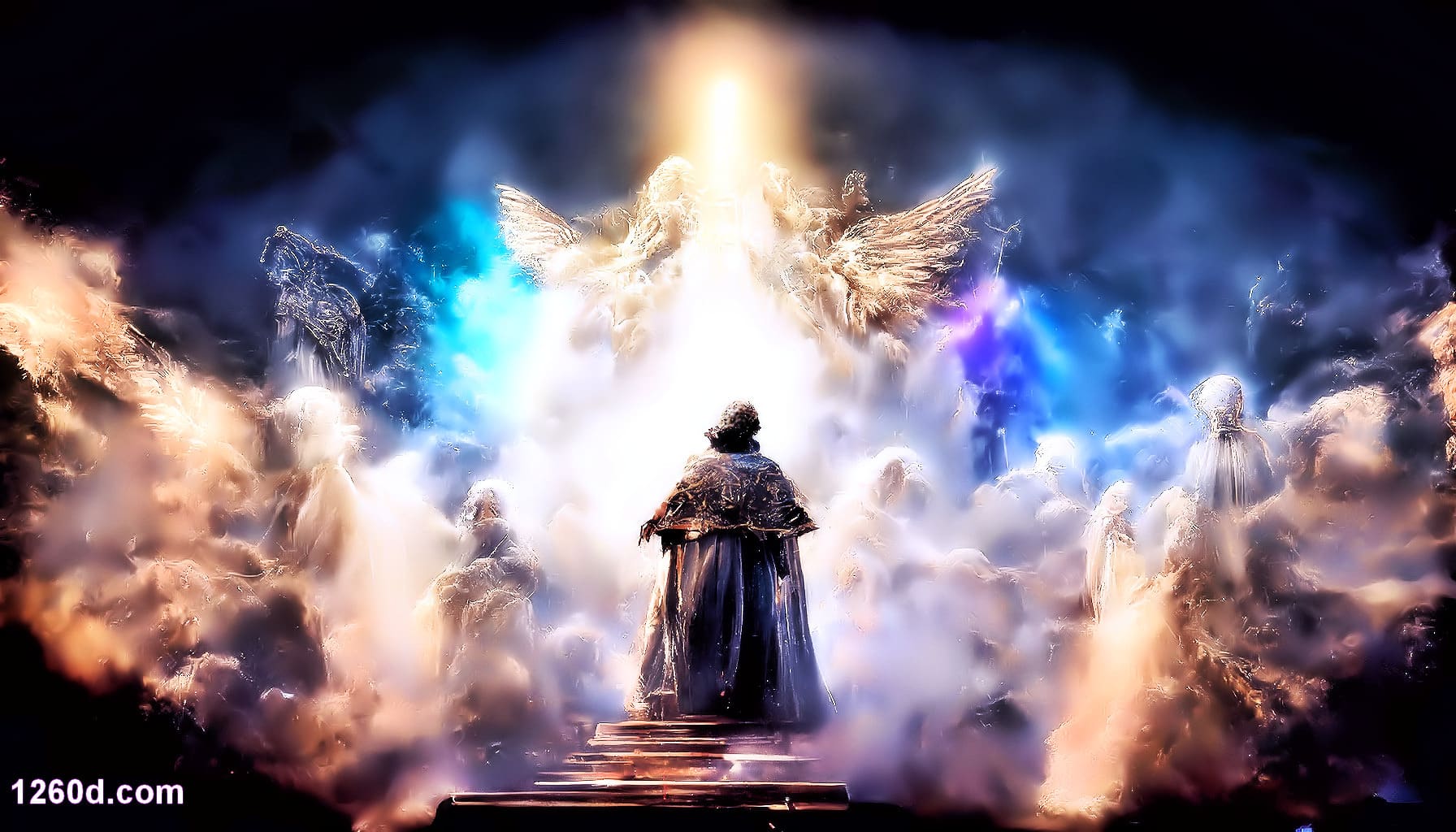Summary by ChatGPT4
Click here for the original full article.
The article on 1260d.com delves into the 364-day calendar as described in the Book of Enoch, a non-canonical Jewish religious work ascribed to Enoch, the great-grandfather of Noah. The author emphasizes that the Book of Enoch, while not part of the Bible, is a valuable aid to understanding the New Testament.
The article begins by discussing the concept of the “Two Witnesses” from the Book of Revelation, suggesting that these witnesses can be represented by various pairs, such as Enoch and Elijah, Moses and Elijah, or even the sun and moon. The author argues that the “Two Witnesses” are an archetype symbolizing the prophetic testimony ‘by the mouth of two or three witnesses.’
The author then moves on to the 364-day calendar of Enoch, which is presented as a testament to the orderly motions of the cosmos. The sun and moon, which play a significant role in this calendar, are seen as witnesses testifying against the fallen Watchers/Angels and positively to God’s Oath/Promise of a New Creation. The author suggests that Enoch’s calendar reveals the power of “The Son of Man,” who maintains the courses of the sun, moon, and stars, and they, in turn, govern all things.
The article also discusses fractal images produced by the math supplied by the Bible and the Book of Enoch. These images symbolize greater realities, such as the four archangels guarding space-time.
In conclusion, the author encourages readers to think of prophecy as fractal, with all prophecy ultimately being about Christ. The article ends by promising future discussions on Enoch and his two faithful witnesses, the sun and moon, represented by the two candlesticks in the Book of Revelation.
This article is a fascinating exploration of the Book of Enoch and its 364-day calendar. It provides a unique perspective on biblical prophecy and the symbolism of the “Two Witnesses.” The author’s use of fractal images adds a visual dimension to the discussion, making the complex concepts more accessible. This article is a must-read if you’re interested in biblical studies, ancient calendars, or the intersection of religion and mathematics.
